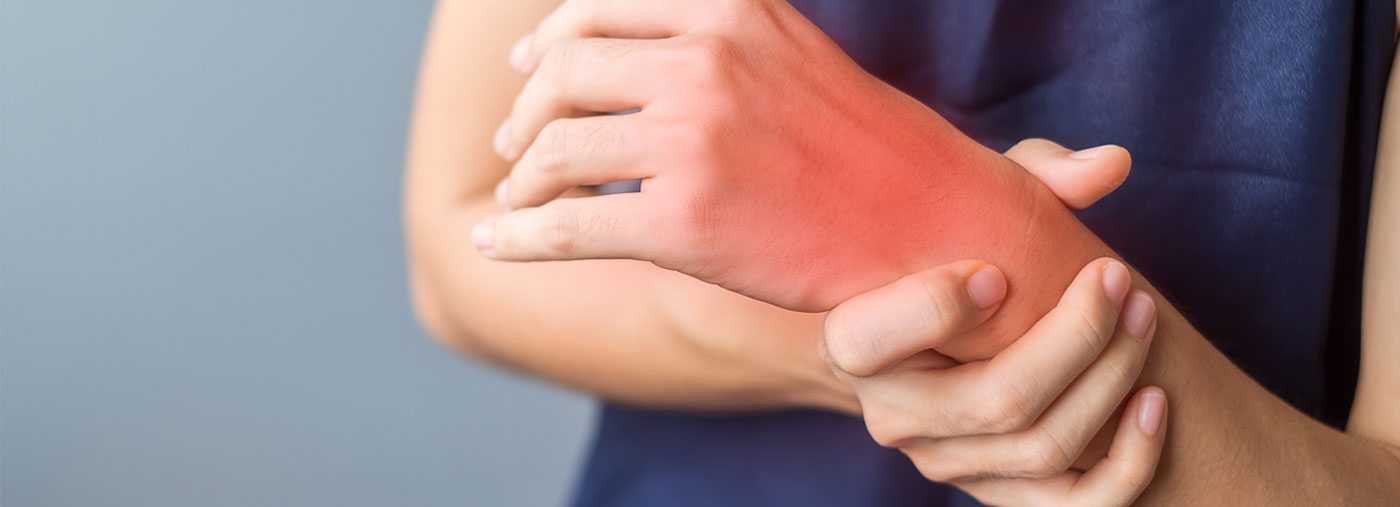What is de Quervain's syndrome?
De Quervain's syndrome is a condition that, through intense pain located in the wrist area, can effectively hinder patients from performing even the simplest tasks. The medical term for this condition is stenosing tenosynovitis of the hand's first radio-dorsal compartment.
De Quervain's syndrome - causes
The causes of de Quervain's syndrome may have a rheumatic basis, but most often it results from the cumulative effect of microtrauma causing inflammation. Repetitive strains can lead to the blocking of affected tendons. De Quervain's syndrome is frequently diagnosed in individuals performing repetitive hand movements, such as athletes or painters. The disease is much more common in women, especially young mothers (caused by repetitive movements when lifting a child). Dysfunction also often occurs in young people, attributed to technological advancements and the increasingly frequent, prolonged use of electronic devices.
De Quervain's syndrome - symptoms
- wrist pain on the thumb side and the thumb itself,
- swelling and warmth of tissues in the inflamed area,
- tenderness of tissues around the injury on palpation examination,
- limited mobility of the hand
De Quervain's syndrome - diagnosis and treatment
One of the ways to diagnose de Quervain's syndrome is Finkelstein's test. It involves tucking the thumb inside the palm, pressing down with the rest of the fingers, and tilting the wrist towards the elbow. The resulting pain may indicate de Quervain's syndrome, but it may also suggest degenerative changes; therefore, sometimes ultrasound or X-ray examination is necessary for diagnosing the condition. Treatment depends on the current stage of the disease in the patient. In advanced cases, surgery of the tendon sheath may be necessary, but conservative treatment is always the first step. It may involve immobilizing the thumb and wrist with an orthesis and administering steroids. Physiotherapy is also recommended to help reduce inflammation, decrease swelling, and alleviate pain in the patient.
What does the procedure look like?
The orthopaedic surgeon incises the affected area of the tendon sheath, partially excising it and removing any adhesions. This procedure releases the tendons and restores their proper gliding.
The procedure is performed by Bartosz Chwedczuk, MD, a specialist in orthopaedics and traumatology of the musculoskeletal system. All procedures are carried out on an outpatient basis under local anaesthesia, and the patient can return home immediately after the procedure.
Have you got questions? Get in touch with us - 22 100 45 20 or 24 337 62 66.
The cost of the De Quervain's syndrome treatment and other services can be found in our price list.
